Plants will vary in price and container size Some will only be available during dormancy – late Fall or early Spring — and will be updated this winter. Seed or plant exchanges are always welcome!
Go to Plants: A B C D E F G H I J K L M N O P Q R S T U V W Z
TREES Available in 2022
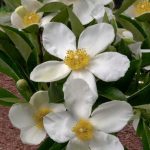 |
X Gordlinia grandiflora (Mountain Gordlinia) An incredible hybrid between two Eastern natives. Franklina and Gordonia. GORDLINIA is an inter generic cross with the hardiness of Franklinia melded with the easier grown Gordonia. White 2 in. flowers, semi‑evergreen
foliage, and a robust Magnolia like habit make this an exciting flowering tree option for our area. 25.00 |
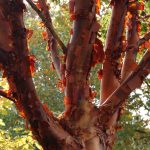 |
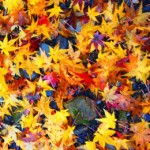 |
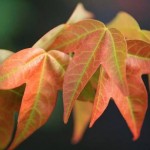 |
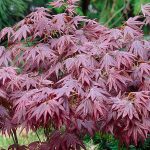 |
| Acer griseum Paperbark Maple. One of my favorite maples, wonderful in the landscape for its peeling tissue-thin coppery bark. Leaves turn scarlet and orange in fall. Easily grown and VERY tough and adaptable in the landscape. Available now at the nursery as well as many other lovely trees. Plant where morning or evening light can stream through! 1 gal. cans 15.00 |
Acer circinatum ” (Native Vine Maple) Spreading multi-trunked smaller maple species great for landscapes and possibly short lived bonsai. A Northwest native it is appreciated for its fiery early autumn color. 12.00 one gal. |
Acer buergerianum The Trident Maple has a spreading canopy that makes a beautiful small shade tree with a flaky, burnt orange bark.
The unique 3-lobed leaves and an easily thickening trunk, making it a favorite among bonsai enthusiasts.
Unlike the Japanese Maple the Trident tolerates salt, air pollution, wind and drought and it has a beautiful mixed fall color. 1 gal. cans 10.00 |
Acer palmatum var. atropurpurea.
These are tall 2 ft. one‑year plants perfect for re‑potting to grow on. For best branching, lightly pinch the stem tips when they’re in tender new growth. An inexpensive alternative to grafted varieties. The grafted cultivar “Bloodgood” often
is the seed stock for these and red seedlings are a terrific and cheaper value value. 1 gal. 12.00. |
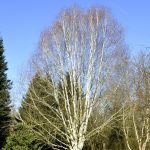 |
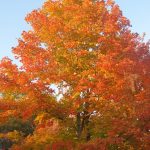 |
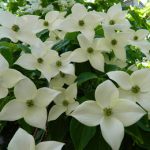 |
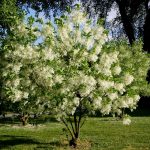 |
| Betula utilis Seedlings of the White-barked Jacquemontii Birch, these these are not clonal. Some are nicely multi- branched. It frequently grows with scattered conifers and an undergrowth of shrubs, typically evergreen Rhododendron 1 gal.12.00 |
Cercidiphylum japonicum (Katsura Tree) A hardy and truly distinctive large tree. This is a dependable choice for those wanting seasonal foliage display; new foliage is bronze colored in spring, blue-green in summer, turning orange to golden yellow in fall. Consider planting them as a threesome like birch. 1 gal plants. 12.00 |
Cornus kousa var. chinensis. Chinese Dogwood. Attractive horizontal tiers of branches make this tree popular. Splendid white bracts followed in fall by hanging red fruit. Autumn leaves have red-scarlet tints. It differs from C. florida by blooming a full month later and has large
strawberry-like fruits. Autumn color is a showy burgundy, 1 gallon 10.00. |
Chionanthus virginicus
White Fringetree Shiny dark green leaves and abundant white, pleasantly fragrant flowers showcase this classy American native. Much hardier than Chionanthus retusus, it performs best in full sun and is remarkably versatile ‑ from moist lowlands to dry hillsides. Great BEE plant! 1 gal plants. 15.00 |
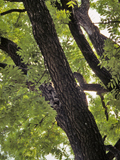 |
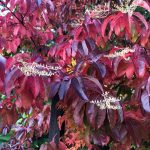 |
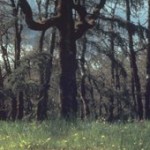 |
 |
| Juglans nigra (Eastern Black Walnut) A North American tree with dark-coloured timber and bark, black walnut produces timber and edible nuts (seeds) used in confectionery. 70-100 ft. tall and Self pollinating 5 gallon pots $15.00 |
Oxydendrum arboreum The Sourwood Tree is a small ornamental plant that, delights the eye with its all-seasons beauty. Its little, white, fragrant flowers bloom in June. BEES go nuts over it. 1gal. pots 15.00
|
Quecis garryana. The Garry Oak though slow growing, casts only moderate shade and has a very deep and well-behaved root system. It is not for the small garden. It’s deep root system makes it a wonderful tree to plant under. Mixed sizes. |
Sequoia gigantea –Giant Sequoia 1 gal plants 15.00. For large properties only. *A Sequim story. Where have all the Sequoias gone |
All plants can be picked up at my place by appointment. 1080 W. Hendrickson Rd. Sequim WA. Hours 9-4
(Visited 610 times, 1 visits today)














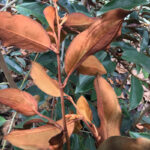
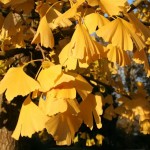
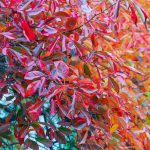
PRIVATE – Do you by chance offer Monkey Puzzle Trees for sale?
Private (I always delete the email address!)
NO, so far I have been unsuccessful. Will try again with some seeds from a fertile tree in Sequim. Mine are not.
Do you have Cox apple tree? We thought we found it on your website but now can’t get to it. We are actually looking for the cox pippin crossed with a Jonathan. Our dad’s name was John Cox and we are thinking this would be something we should plant in his honor! Thx
No, I do not sell any fruit trees. Nuts yes. You will have to try a mail order source like Starks which may have them or contact a local fruit tree club.
Those members near always sell grafted trees that are uncommon and wonderful. Our own chapter is the North Olympic Fruit Club. https://wcfs.org/tag/north-olympic-fruit-club/
I keep getting requests for phone conversations or repeated information on things posted. I just answered more on the FRINGE TREE! Do they like moist soil??? YES. They might be best described as big Camellia like trees. All depends upon pruning. As a single leader they make a nice tree. Kept bushy they are great clumping landscape plants for privacy. Nice with Katsura trees or others with interesting bark. They are adaptable to most soils except solid clay and need good watering to be their best. So yes they can take moist soils.
Hard to beat except for the Tupilo for bees. Late Spring bloom. The only thing they do not like would be alkaline soils. Rhodies, Camellias and like would be their preferred partners.
You can get most of this in any good tree book or Googling it.
Totally hardy here. The Chinese form is a bit less hardy. The bark has some medicinal value regarding the liver and gall. That is for you to gamble on.